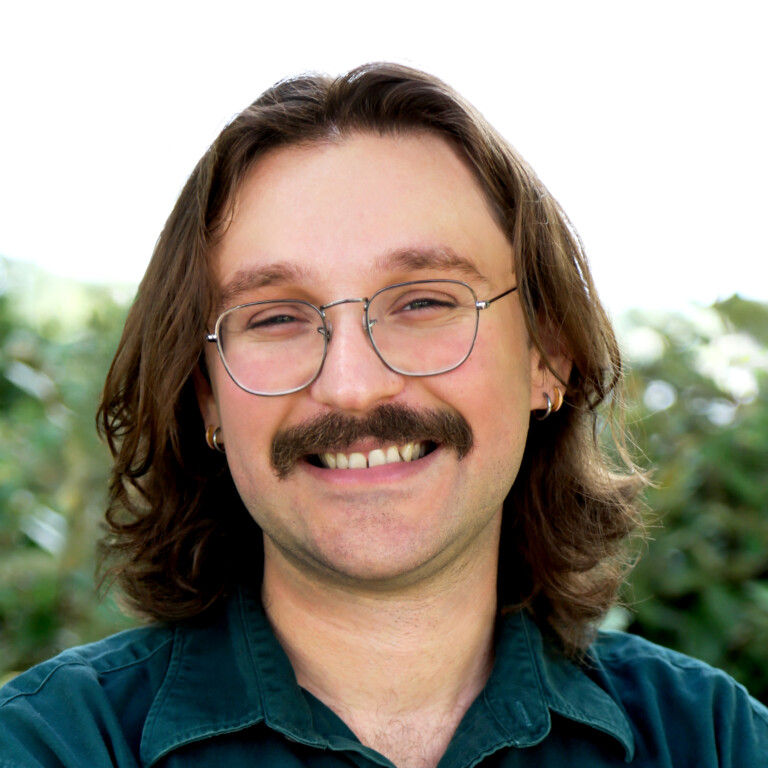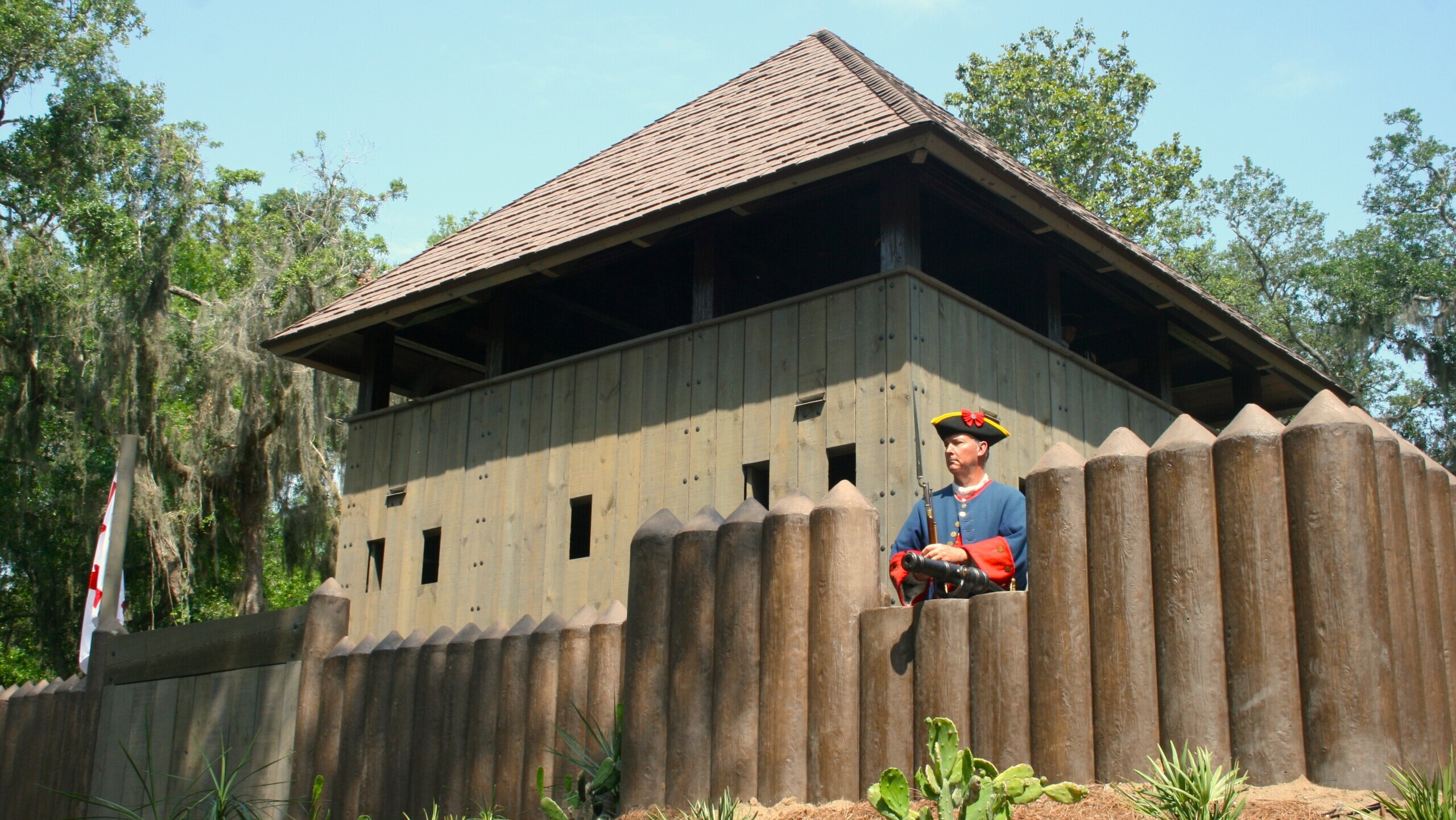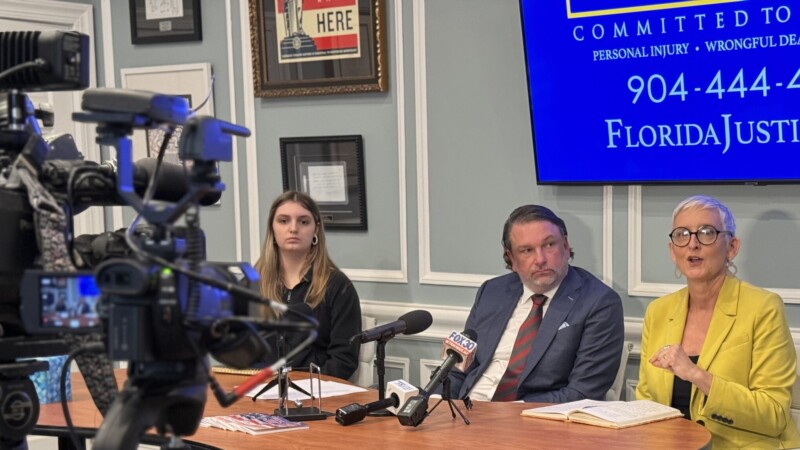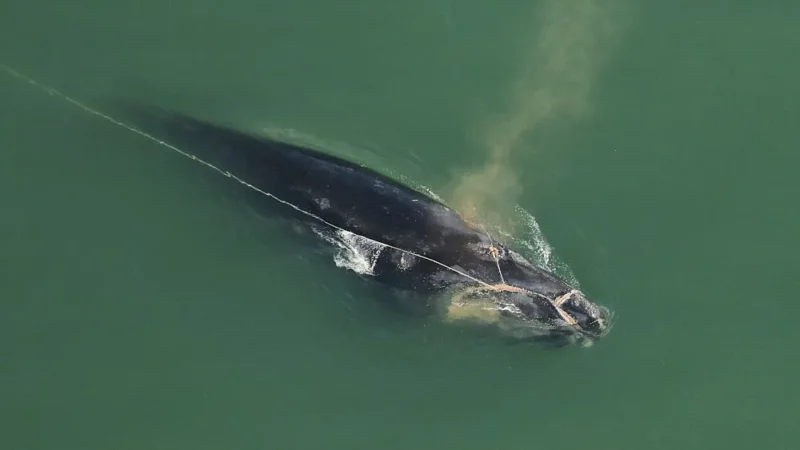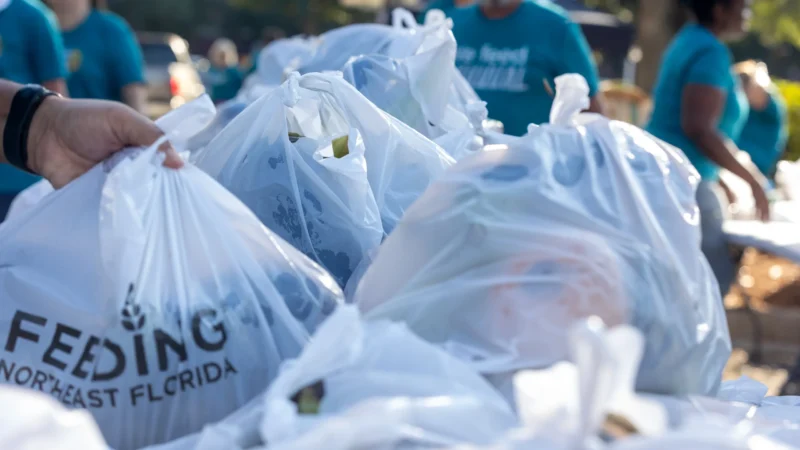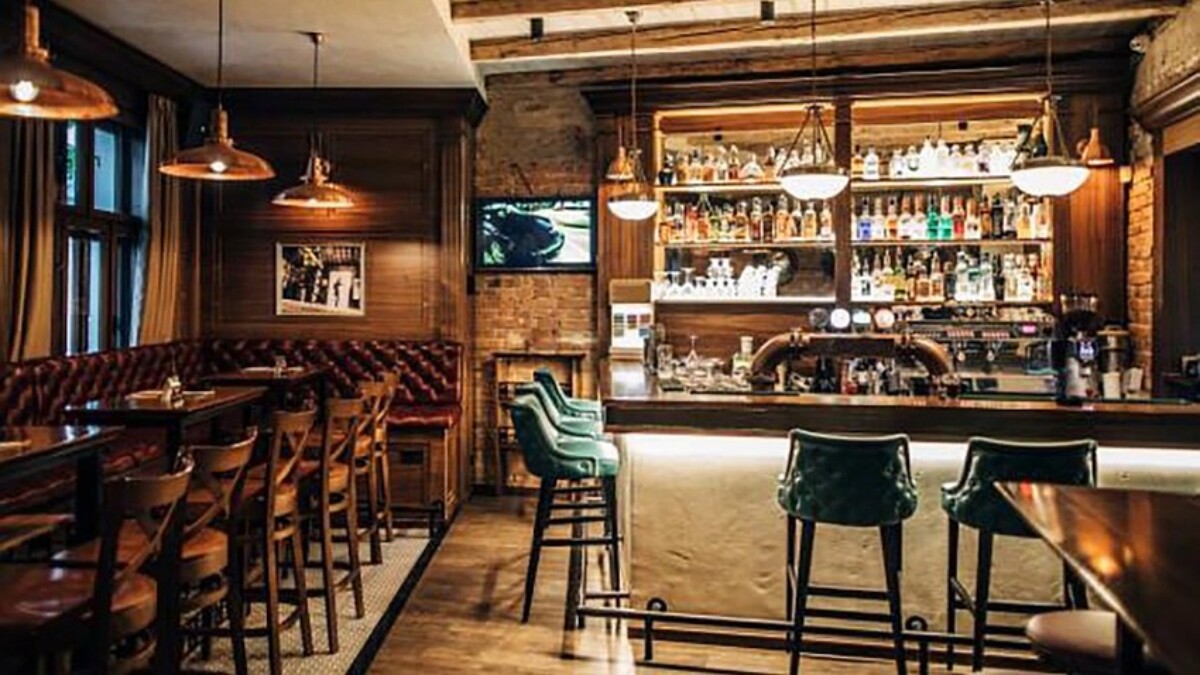Despite its name, it has been centuries since a fort stood at Fort Mose Historic State Park — until now.
Tucked away in the marshes of St. Augustine, Fort Mose is the site of the first settlement founded by freed Black slaves in what would become the United States.
On Friday morning, representatives from Florida State Parks, the Florida State Parks Foundation and the Fort Mose Historical Society joined with local elected officials and other members of the community to officially open a reconstructed fort at the state park.
More than 300 years ago, a group of Black people enslaved in English colonies fled to Spanish territory seeking freedom.
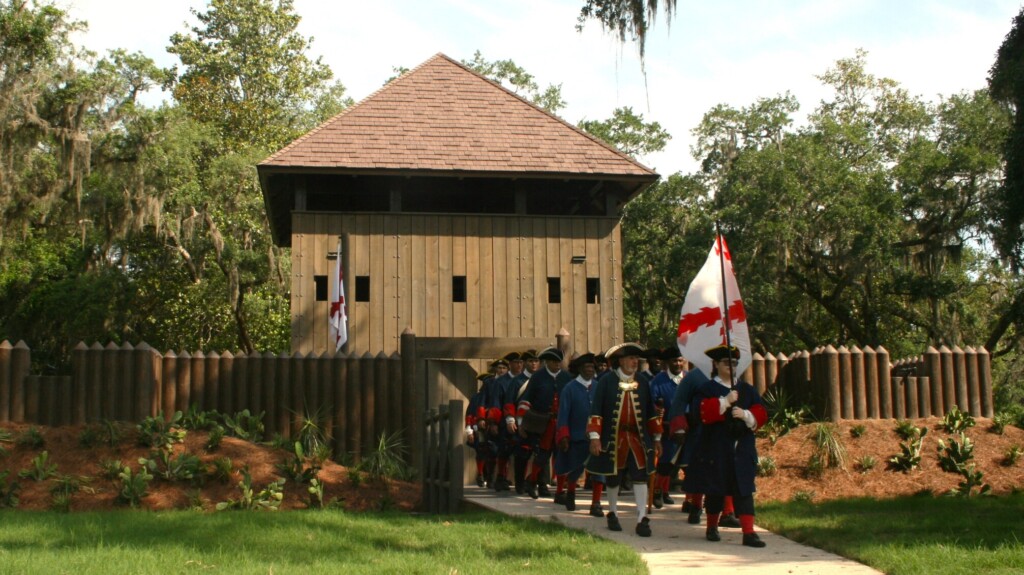
In 1738, the then-governor of Spanish Florida acknowledged Gracia Real de Santa Teresa de Mose, or Fort Mose, as an official settlement. After that, the site became a bastion of freedom for enslaved people.
The fort was the site of a number of battles between Spanish troops led by former slave Capt. Francisco Menéndez and English troops. It wasn’t until the end of the Seven Years War in 1763 that Spain ceded Florida to England. After that, the Black people who called Fort Mose home left, fleeing further south to Spanish Cuba.
Some 200 years later, researchers and historians found the area where the settlement once stood along what is now marshland near U.S. 1.
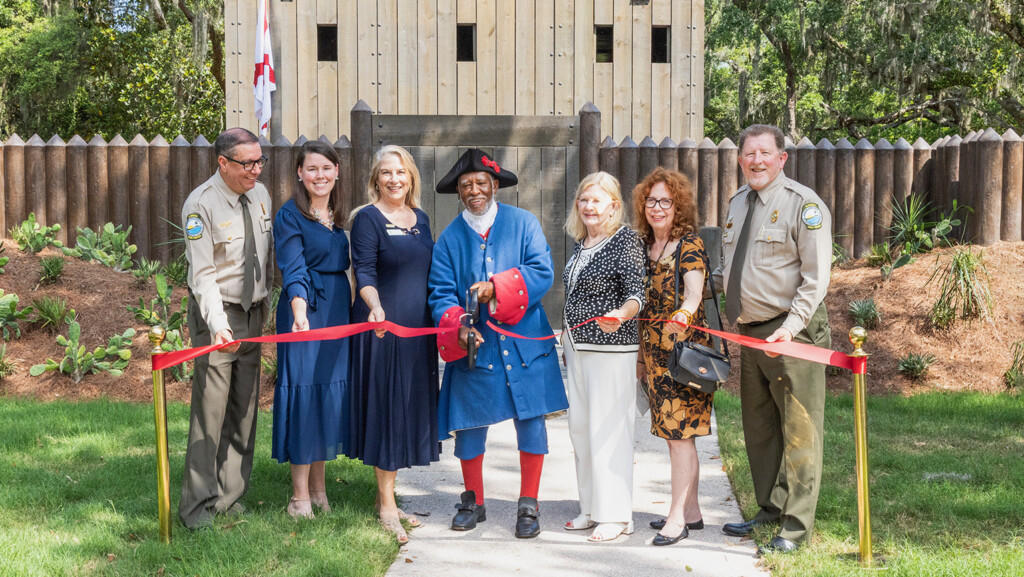
Florida State Parks Assistant Bureau Chief Robert Yero said the opening of the fort is “one of the most momentous and significant days in the 90-year history of the Florida State Parks.”
“Now, when people come here, they no longer have to imagine Fort Mose,” Yero said. “They can step inside to see, hear, touch and experience a portrayal of what life was like at the first legally sanctioned, free Black community in what is now the United States.”
Fort Mose Historical Society President Charles Ellis said there won’t be any more confused students visiting a state park called “Fort Mose” and not seeing a fort.
“Because of this, no longer will our fourth and fifth grade students ask, ‘where’s the fort?’” Ellis said. “After watching the 16-minute film, touring the museum filled with artifacts, timeline and cannons, and stepping out the back door … they will understand.”
It’s important they do, speakers at the event said. Research is still underway to learn more about Fort Mose, but one thing’s for certain, researcher Jane Landers told Jacksonville Today: more people should know the story of Fort Mose.
Landers is a history professor at Vanderbilt University, but she was among the first groups of researchers who studied Fort Mose and its then-untold history.
Like many excited attendees Friday, Ellis hopes people who visit the new fort will proudly proclaim, “Viva Mose!” or, “Long live Mose.”
